porous terracotta air conditioning system ‘nave’ uses water to cool spaces without electricity
Nave Air Conditioning System by Yael Issacharov
Drawing from Egyptian architecture and traditional Palestinian cooling systems, Yael Issacharov presents ‘Nave,’ an ecological air conditioning system made of terracotta tiles combined with a water flow. Designed for autonomous cooling of spaces in desert buildings, Nave works with an automatic irrigation system that allows water to flow from its internal structure through the permeable terracotta walls, keeping the space in a constant state of climate comfort. The arrangement is customizable and modular, consisting of free-standing, wall-mounted units that can be fitted to any part of the house.
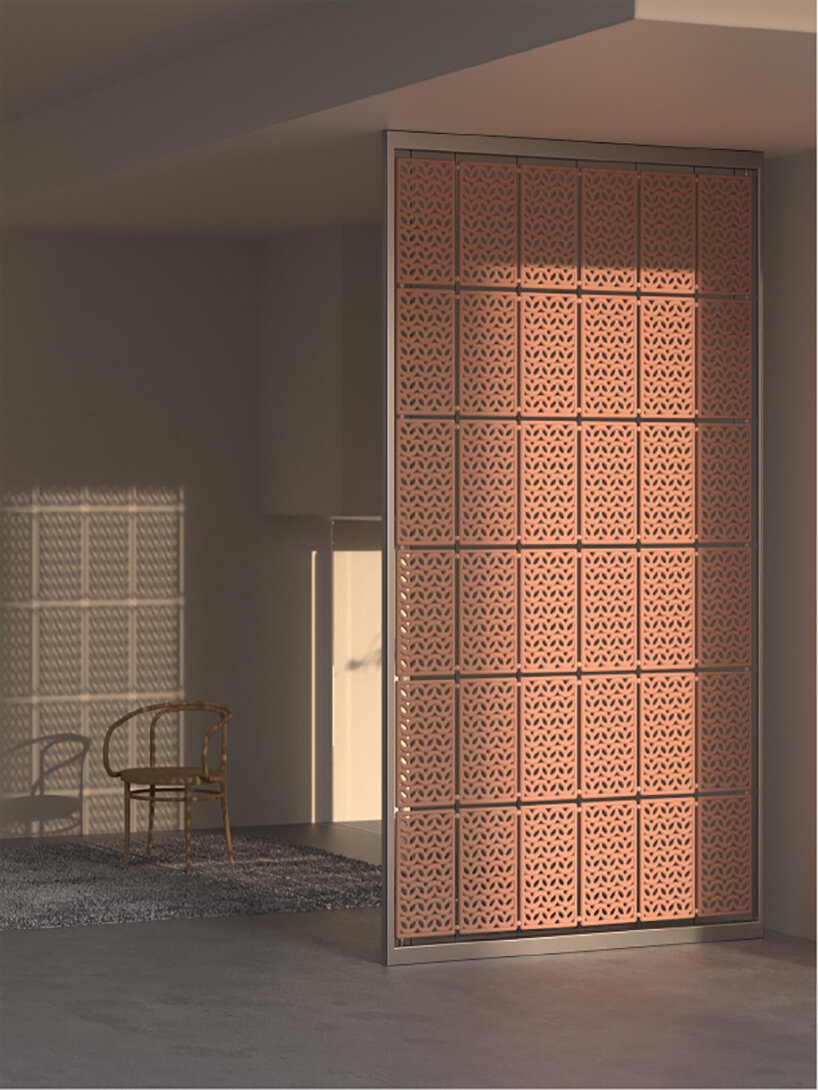
all images courtesy of Holon Institute of Technology – Industrial Design Department
simple operation based on water flow
Yael Issacharov’s Nave operates on an automatic irrigation system and starts working as soon as water is poured into its hollow inner part. The water moves through the pervious walls, evaporates, and is transformed into water vapor by the heat of the air. This reaction absorbs heat from the surrounding air, cooling the water, the material itself, and thus the air in the room. The design works without electricity or electronics, and although users interact with it minimally, they have the ability to pause, turn off, or reprogram the temperature and humidity presets whenever they want.
According to the Tel Aviv and Barcelona-based designer, the main focus of the project is to adapt the system to the surrounding walls, transforming them from a passive factor into an active one. The main inspiration was the work of Egyptian architect Hassan Fathy, who pioneered the use of traditional building methods to design buildings with a local connection. The new cooling method is also based on the Palestinian Jara, a traditional terracotta water container that was suspended from the ceiling and was used to keep the space and drinking water cool.
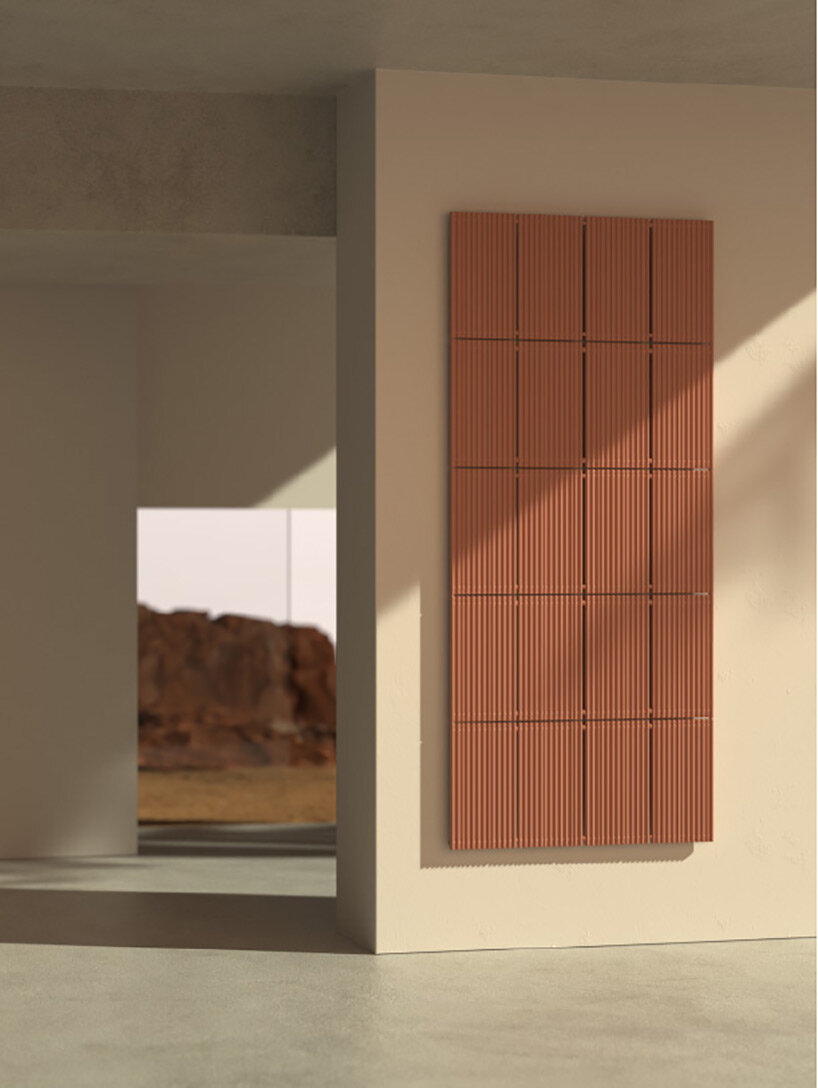
sustainability, adaptability, and familiar assembly
Nave is adaptable and modular and blends easily into any interior setting. The patterns of the grids are an important allusion to the Arabic origins of Nave and add a real aesthetic touch to the environment in which it is used. The system is available in three variants: wall tiles, partitions, and a totem (a vertical heat sink), all of which use minimal energy and water and fit seamlessly into an environmentally friendly building design.
All ceramic bodies are composed of local terracotta, made with plaster molds by slip casting. A special formula controls the irrigation of the system, optimizing temperature, water consumption, and humidity, while also preventing mold growth. The flexible joints are injection molded from recycled rubber. The mounting system for Nave was developed based on existing solutions from the construction industry. Familiarity with the method and tools for assembly will facilitate the use of this new product for architects, contractors, and builders, encouraging them to choose this sustainable solution over the existing one.
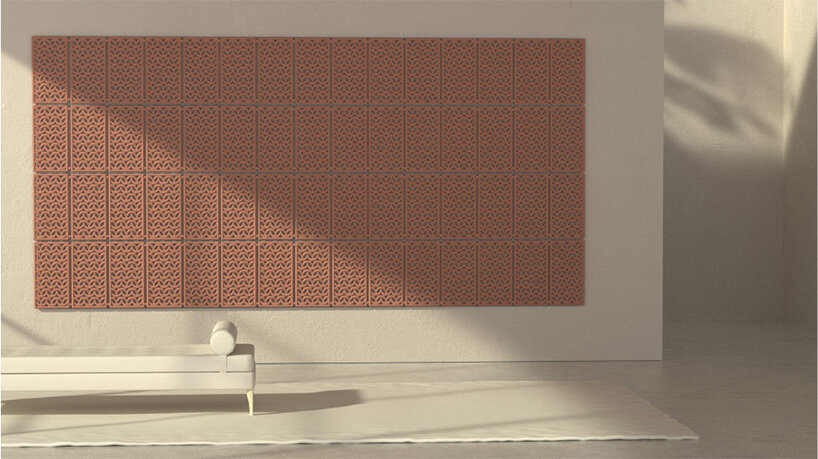
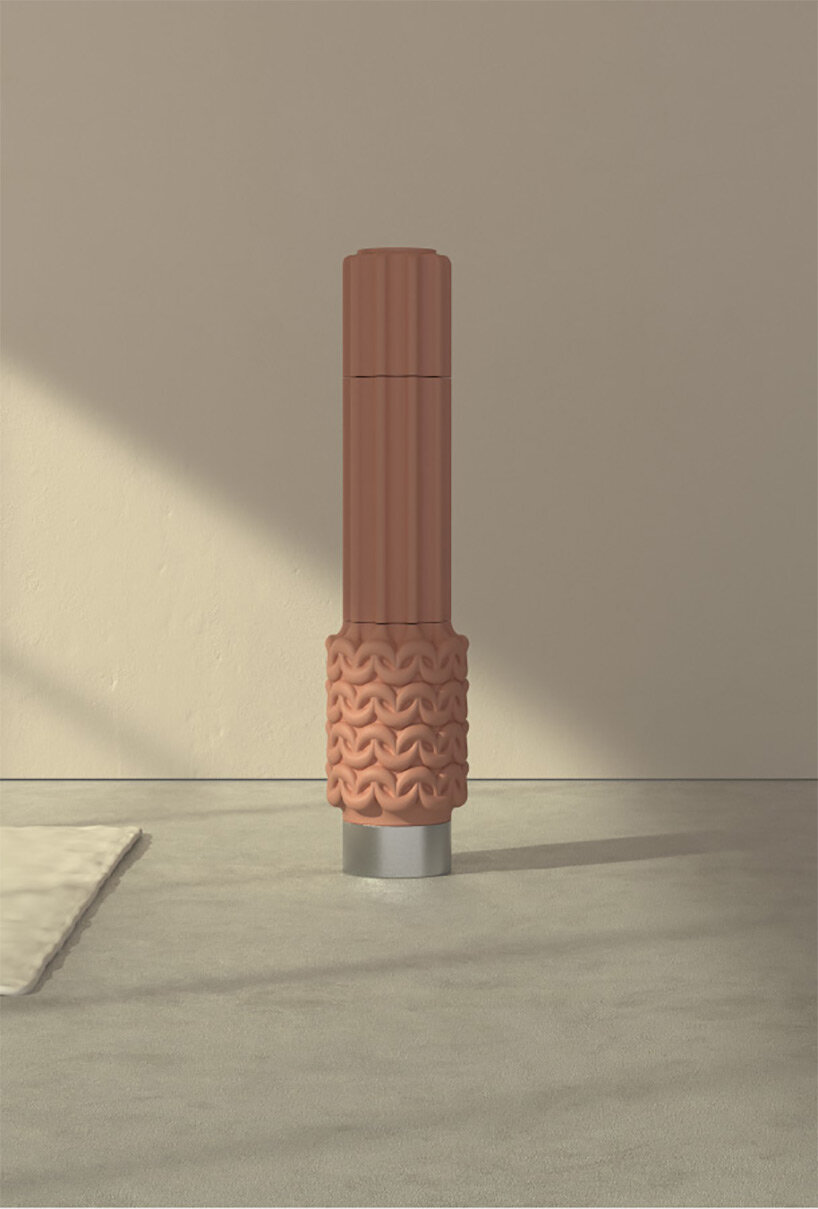
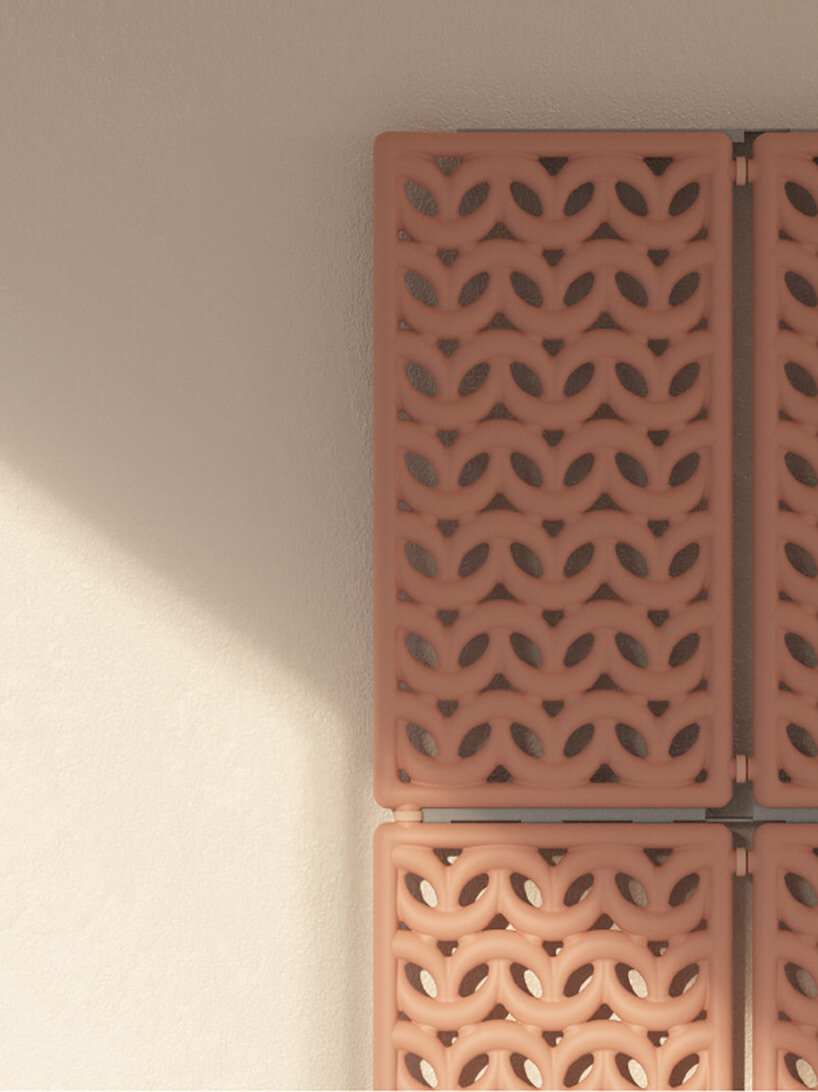
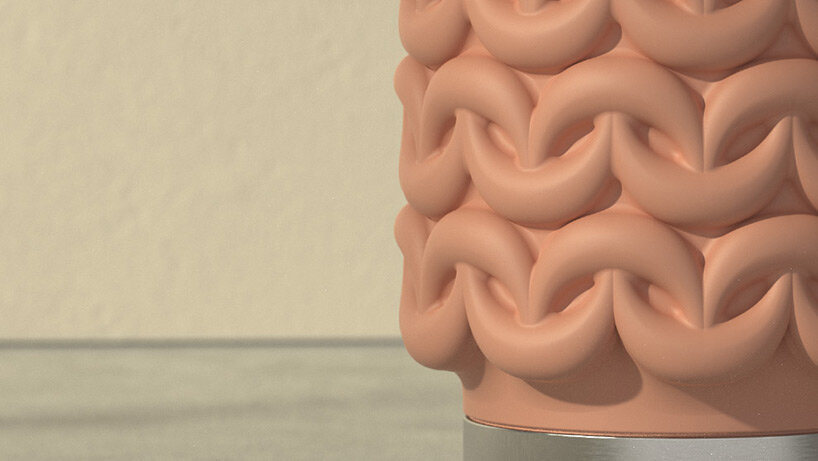
project info:
name: Nave
designer: Yael Issacharov
myrto katsikopoulou I designboom
oct 03, 2022

